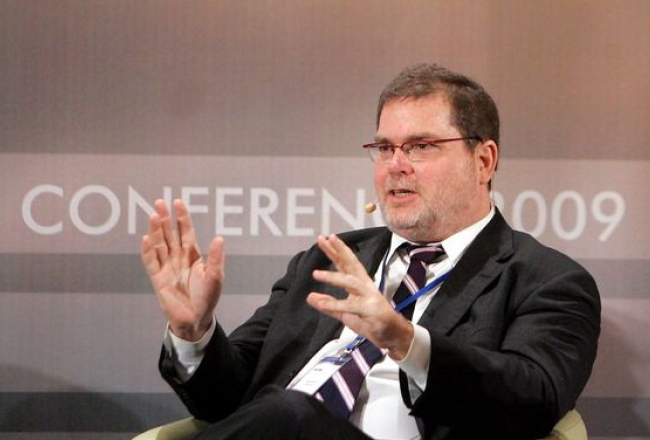
Evija Trifanova, LETA
If we want to ensure that Finlandization remains a historical phrase and not a current one, we need a new strategy of enlargement
A specter is starting to haunt wider Europe ? those countries located between the EU and NATO on one hand and Russia on the other. That specter is ?Finlandization.?? The return of this Cold War phrase reveals much about the changing spirit of the times and geopolitics of European security today. ?Finlandization? refers to the policy imposed? on Finland after World War II to pursue a foreign policy of neutrality that took the strategic interests and demands of the Soviet Union into account while preserving a democratic political system and avoiding the adoption of a communist system or becoming a satellite state, as was the case in Central and Eastern Europe.
While the term is often used in a pejorative fashion, it is historically unfair to Finland itself, a small Nordic country that fought the Red Army to a draw in order to guard its independence and then managed to preserve it for 40 years.? As communism and the Soviet Union collapsed at the end of the Cold War, Helsinki used this new window of opportunity to move westward: it swiftly joined the European Union and created the option to join NATO by meeting all of the Alliance?s criteria in advance, an option it has heretofore chosen not to implement but could do so expeditiously if political currents changed.













